Check out the latest covers of Advanced Healthcare Materials!
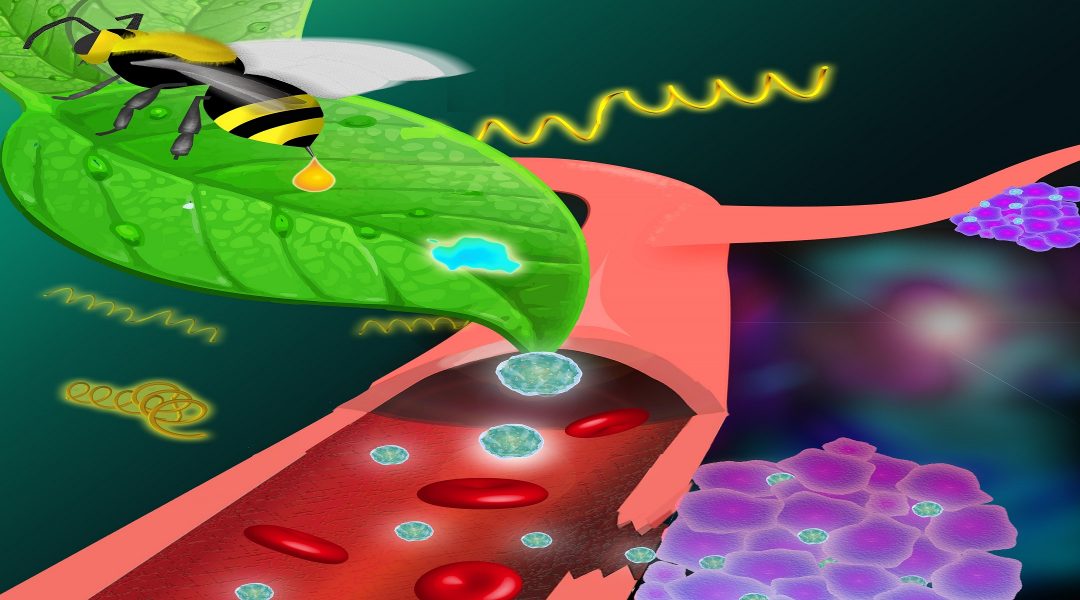

Check out the latest covers of Advanced Healthcare Materials!

The key players within the pathways of RNA decay are well conserved with their mutation or disruption resulting in distinct phenotypes as well as human disease.
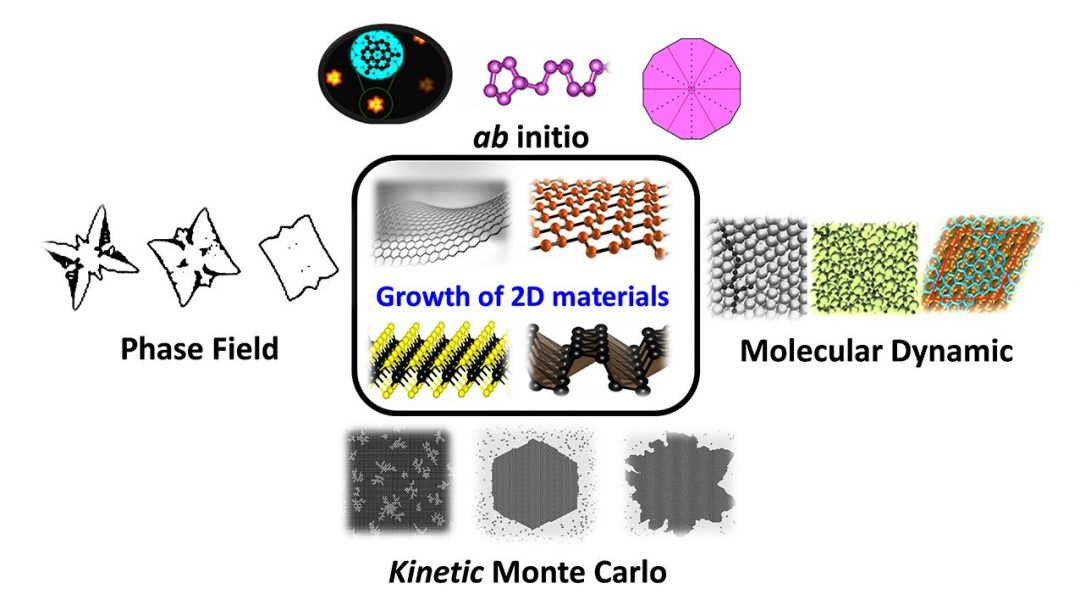
Researchers from Singapore and China review the use of computational modeling for a better understanding of 2D materials.
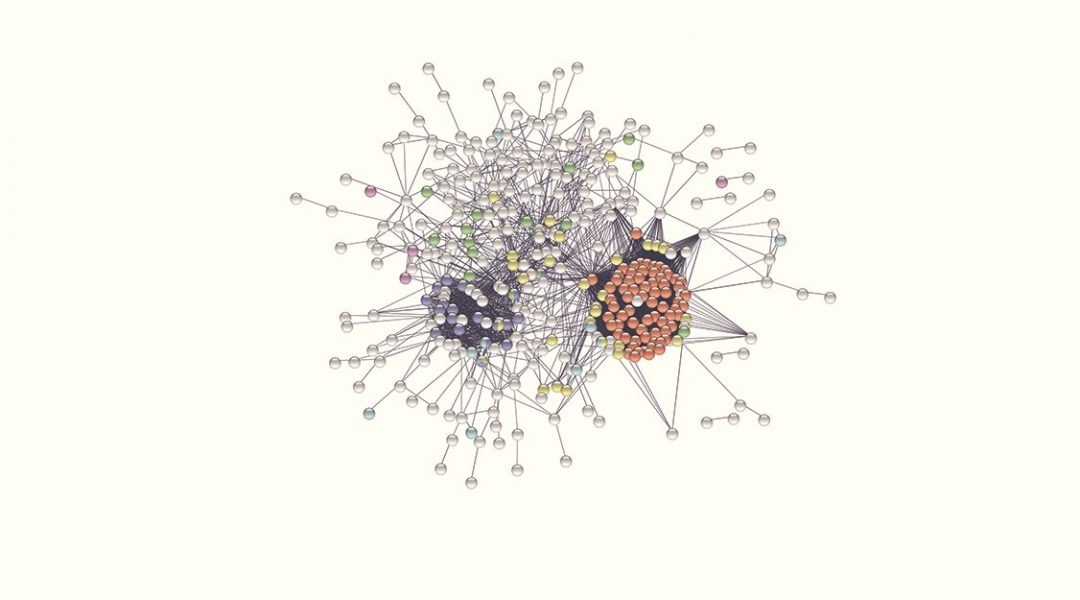
Recent proteome‐wide approaches have greatly expanded the census of RNA‐binding proteins, discovering hundreds of proteins that interact with RNA through unconventional RBDs.

Check out the latest covers of Advanced Healthcare Materials!
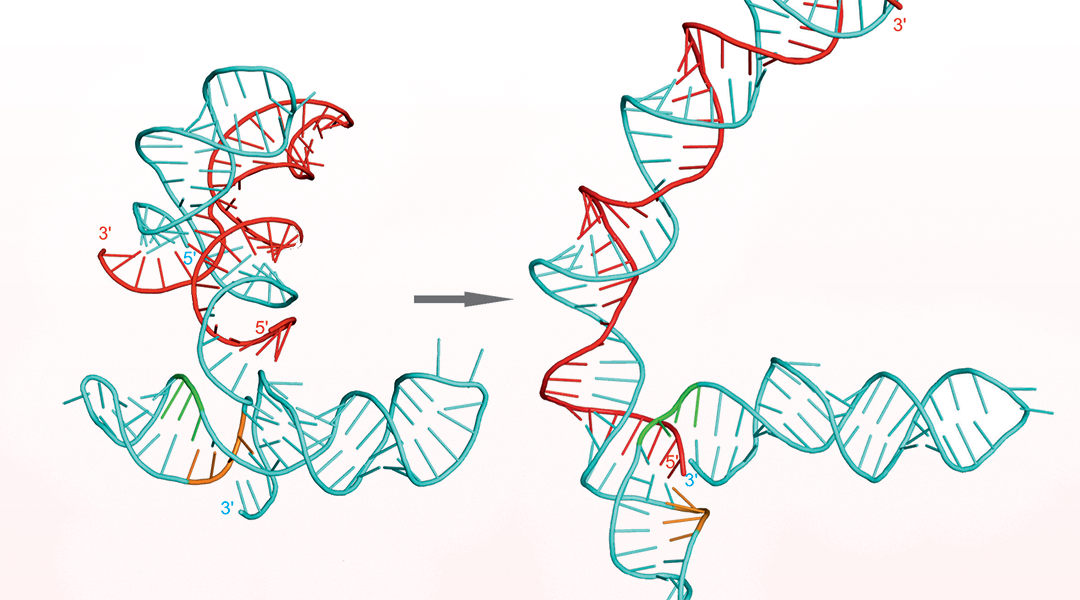
Bacterial plasmids constitute a wealth of shared DNA amounting to about 20% of the total prokaryotic pangenome. Plasmids replicate autonomously and control their replication by maintaining a fairly constant number of copies within a given host. Plasmids should acquire a good fitness to their hosts so that they do not constitute a genetic load.

On the 1st and 2nd of October 2018 in Frankfurt/Main, Germany, experts from academia and industry, suppliers and users will discuss how smart sensors can promote “biotechnology 4.0”.

The theoretical background to confront head-on the problem of data assimilation together with several examples of practical applications is provided.
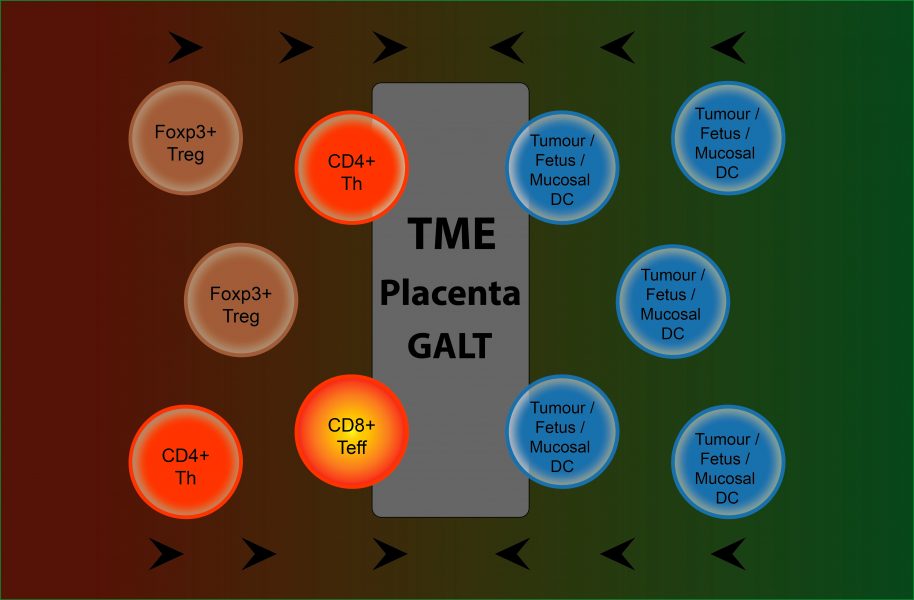
In their ‘Think again’ article published in BioEssays, Megan Barnet and colleagues discuss how insights from fetal allografts and microbes can lead to a better understanding of immune tolerance in cancer.
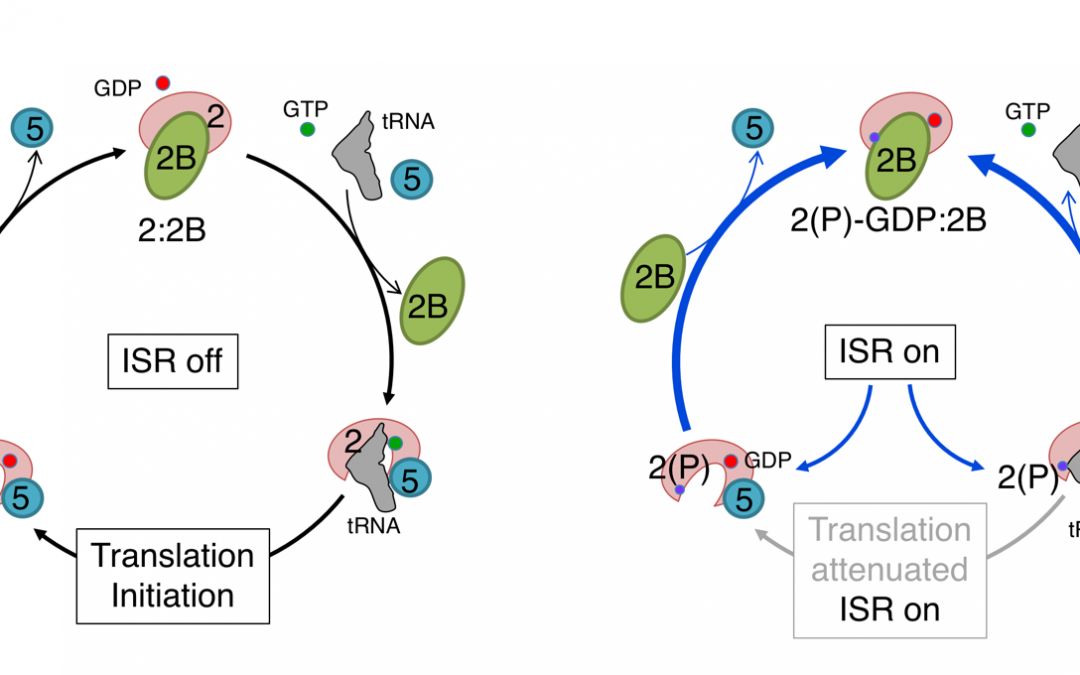
The integrated stress response (ISR) is a highly-conserved pathway used by cells to respond to diverse cellular stresses.